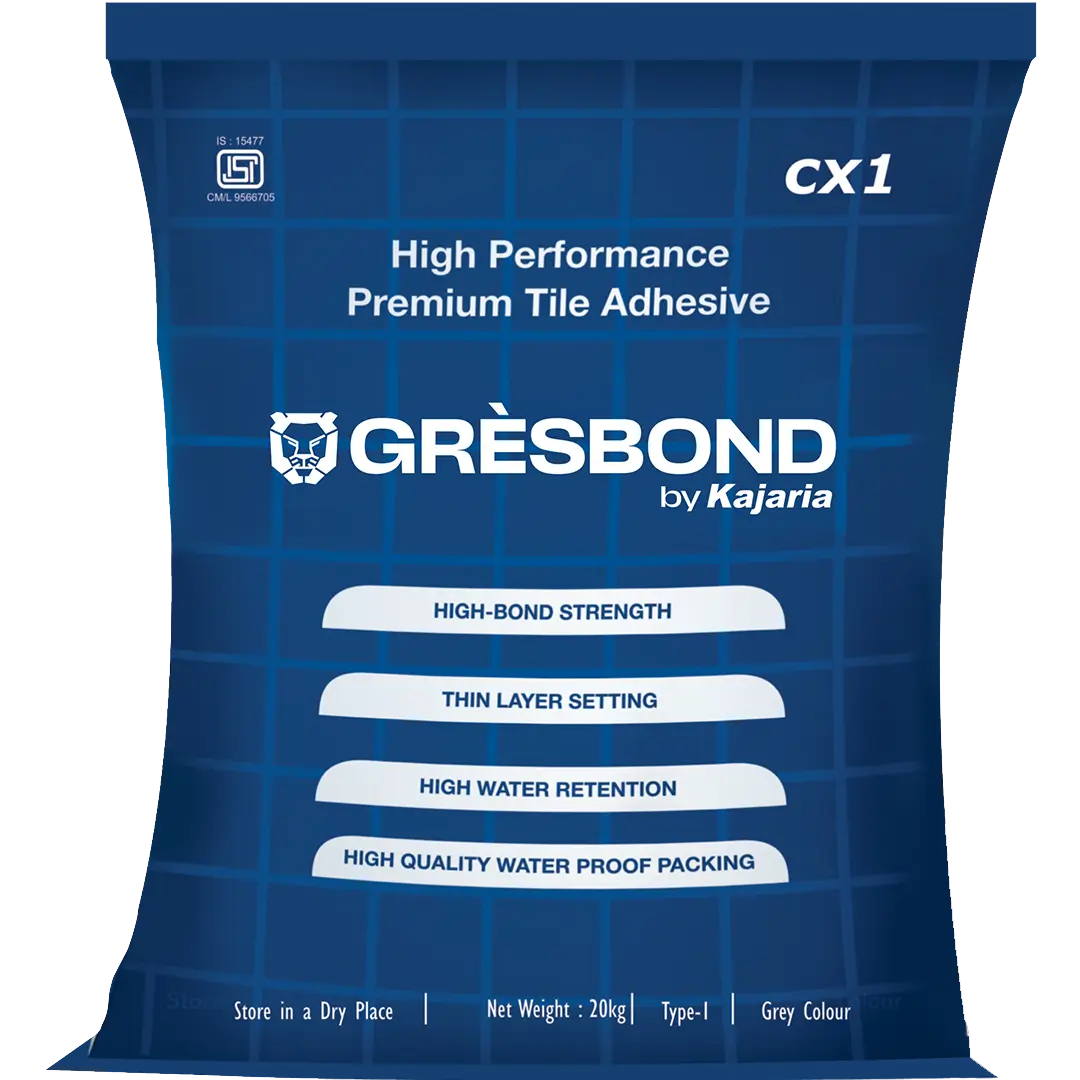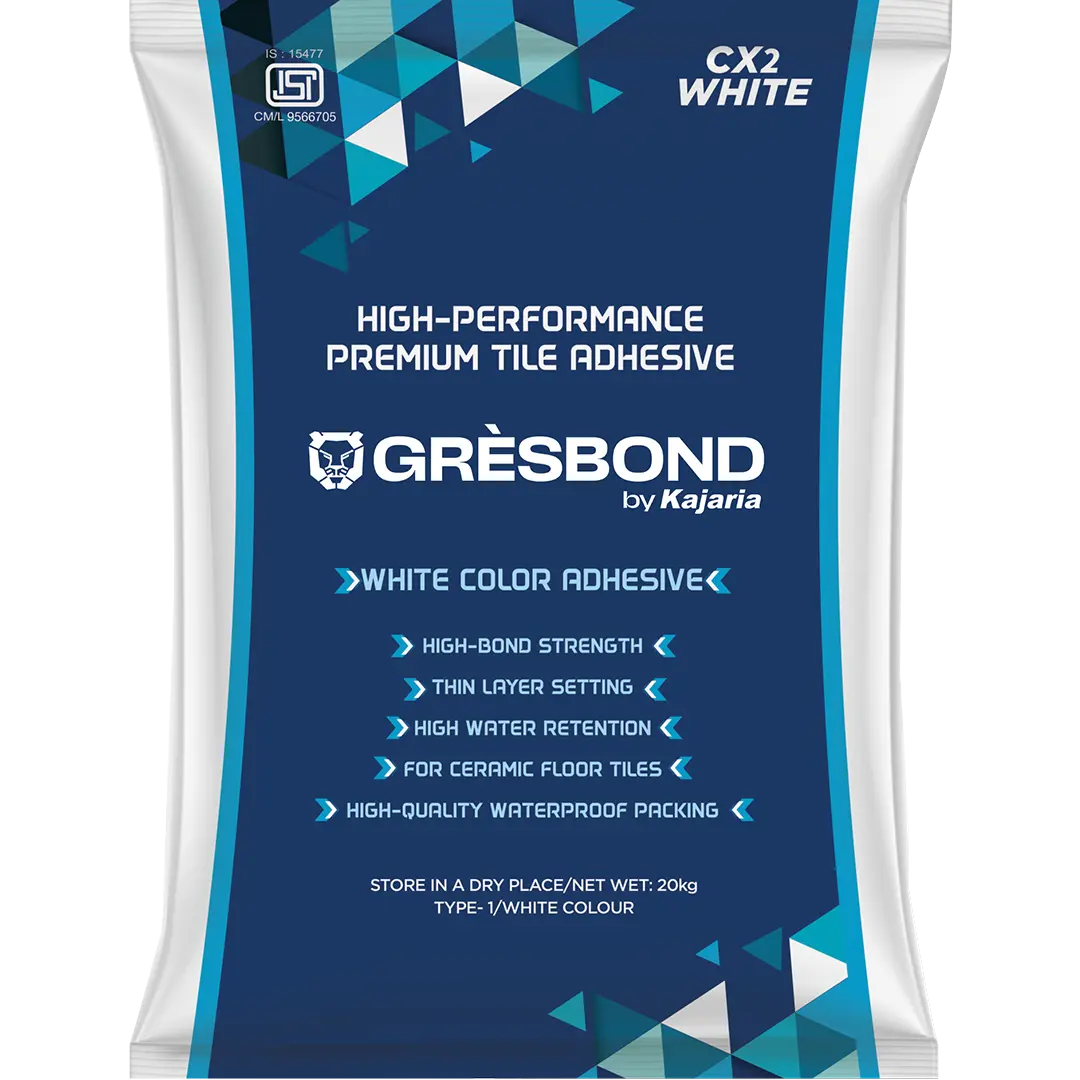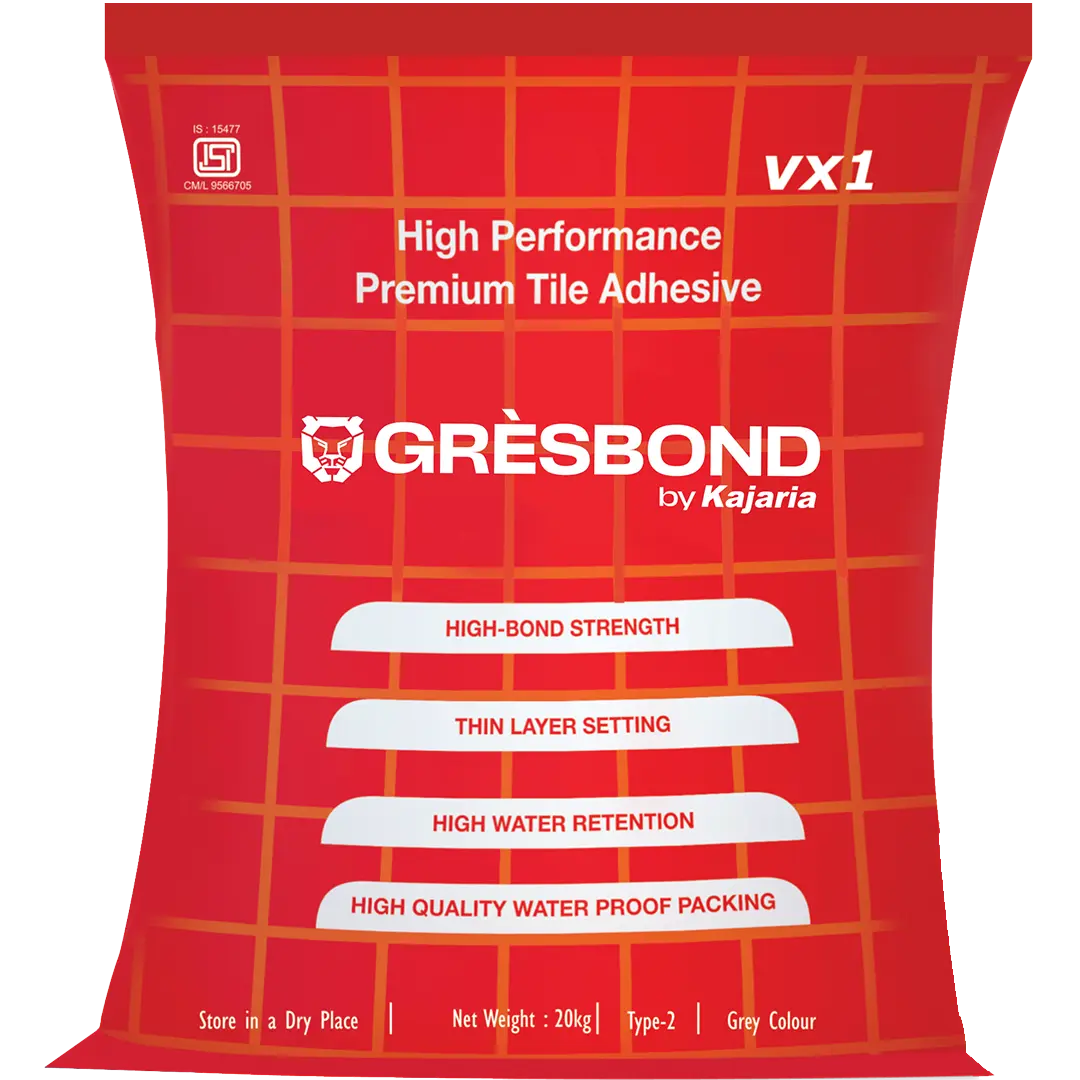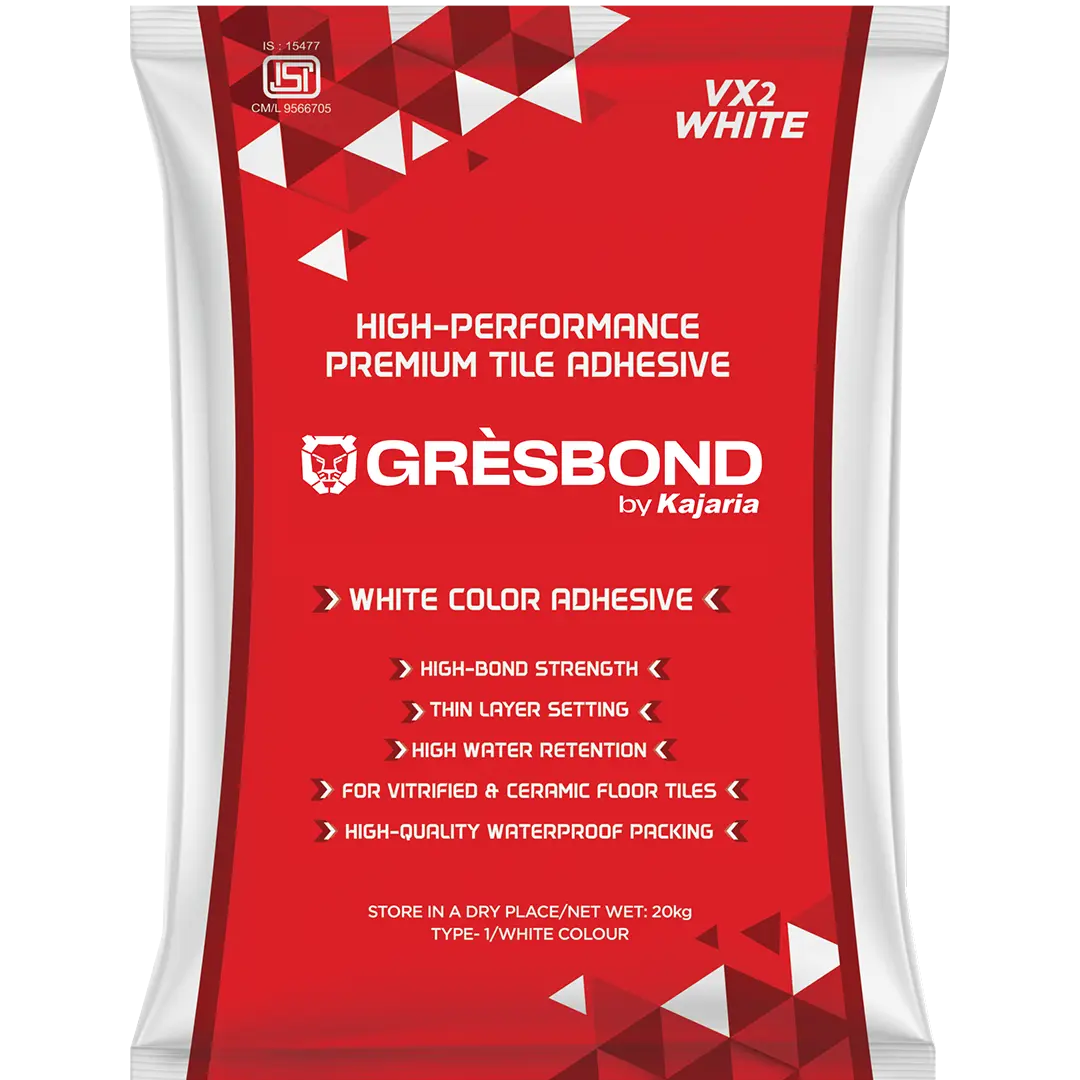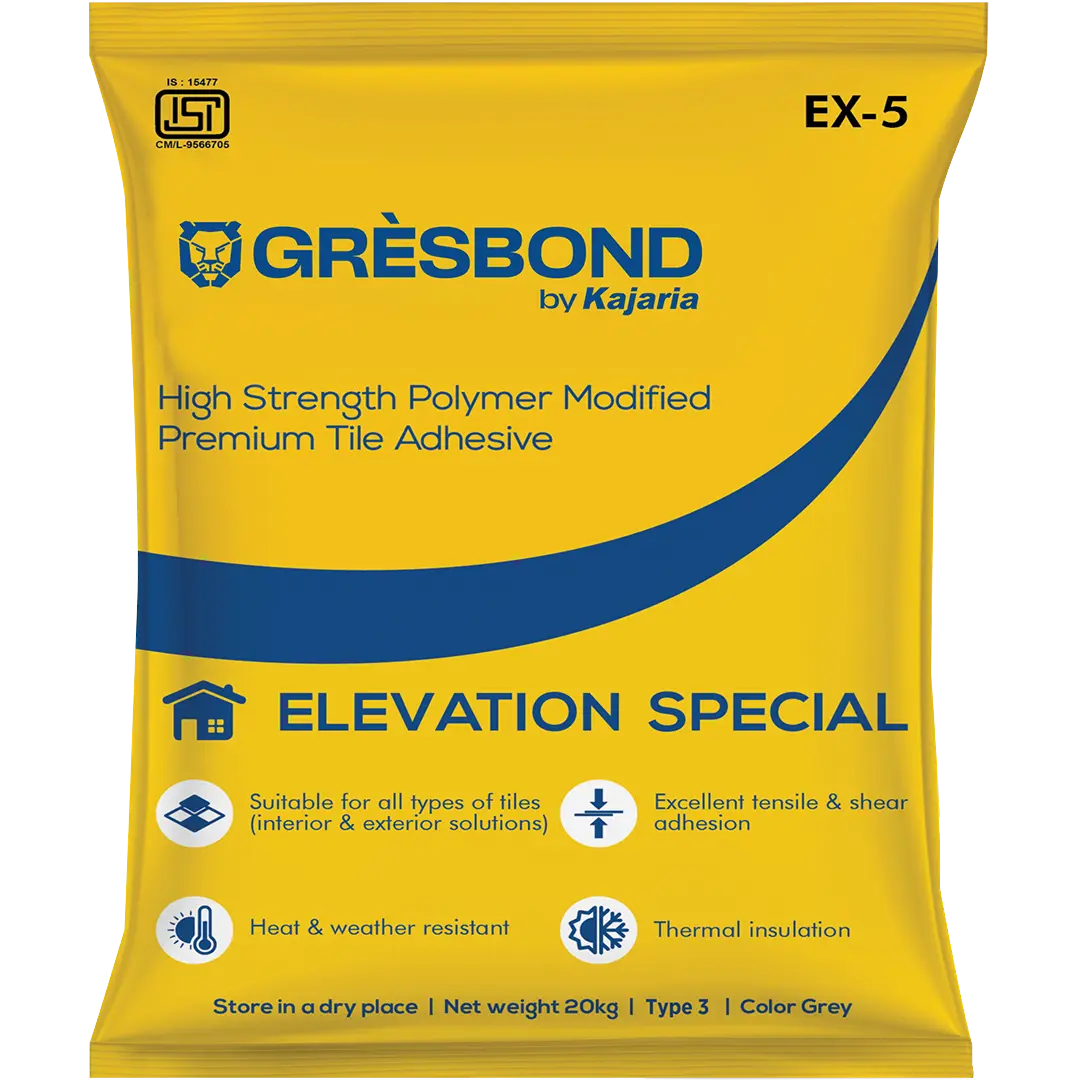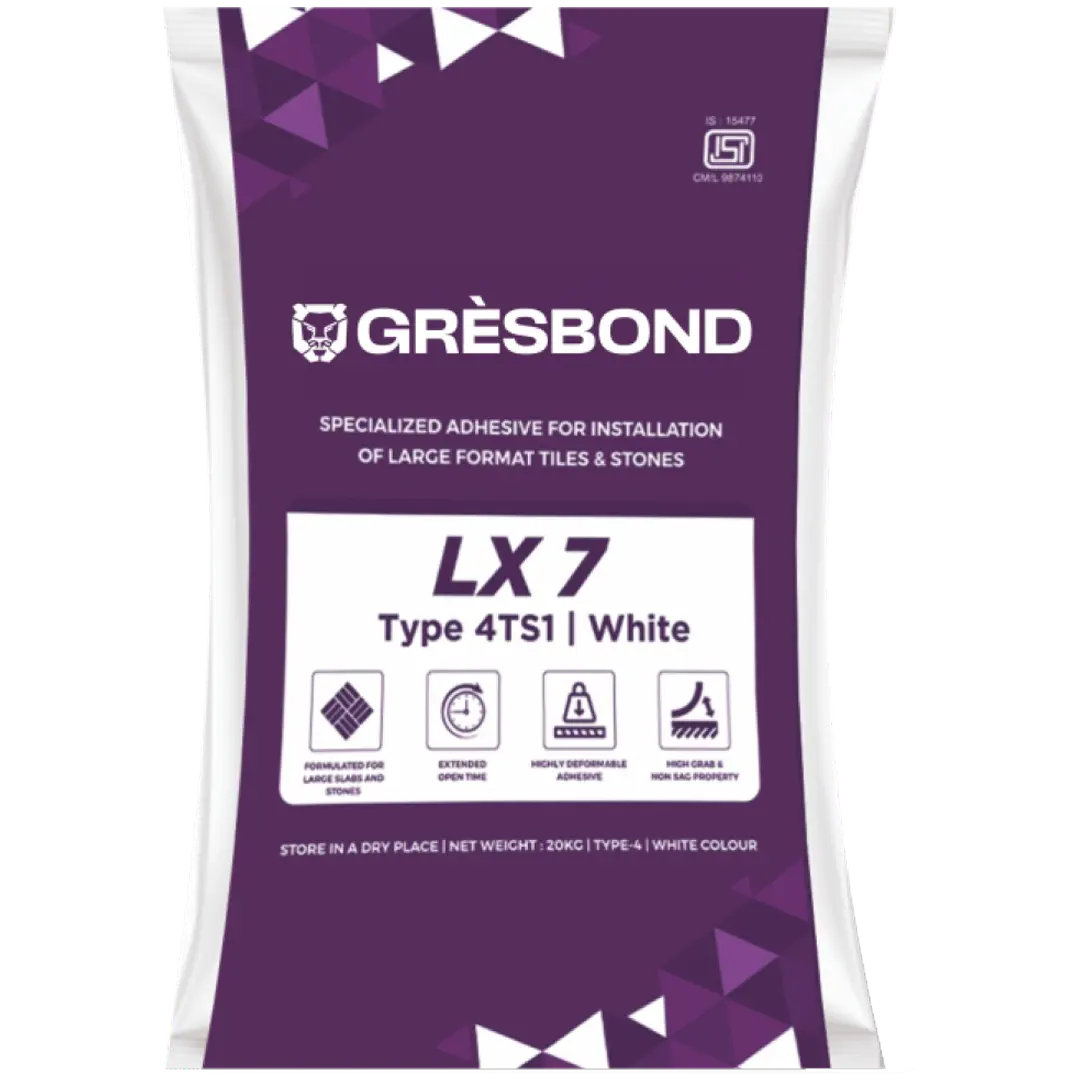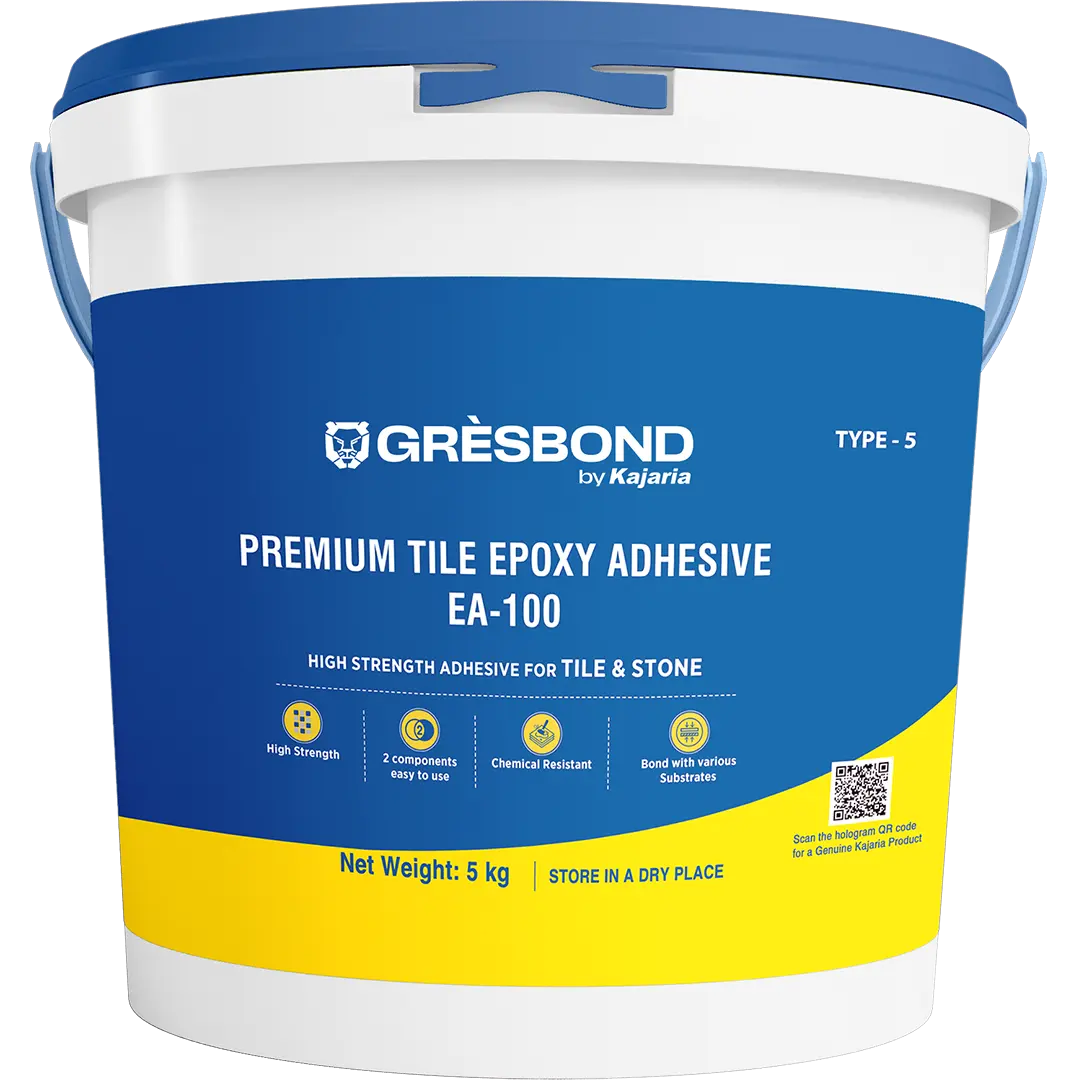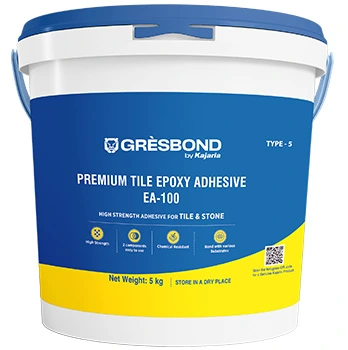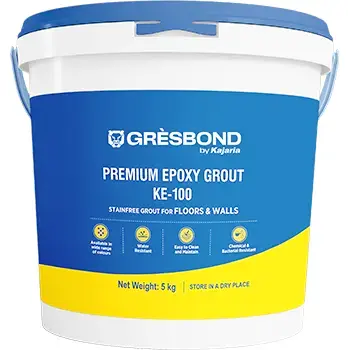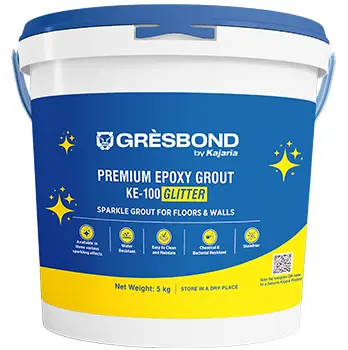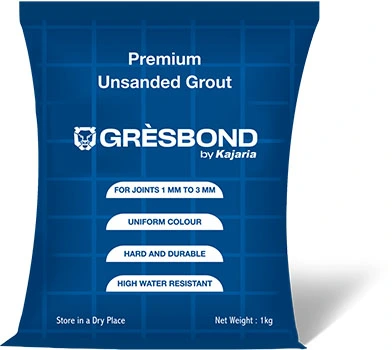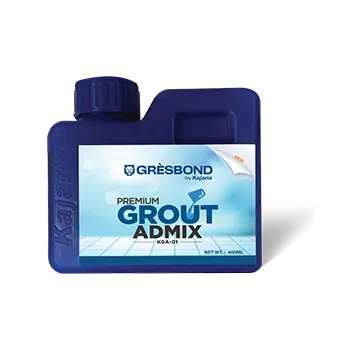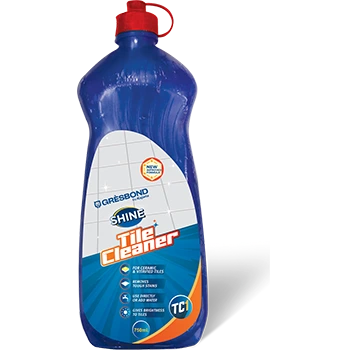What is the Difference Between Sanded and Unsanded Grouts? What Grouts to be used When and Where?
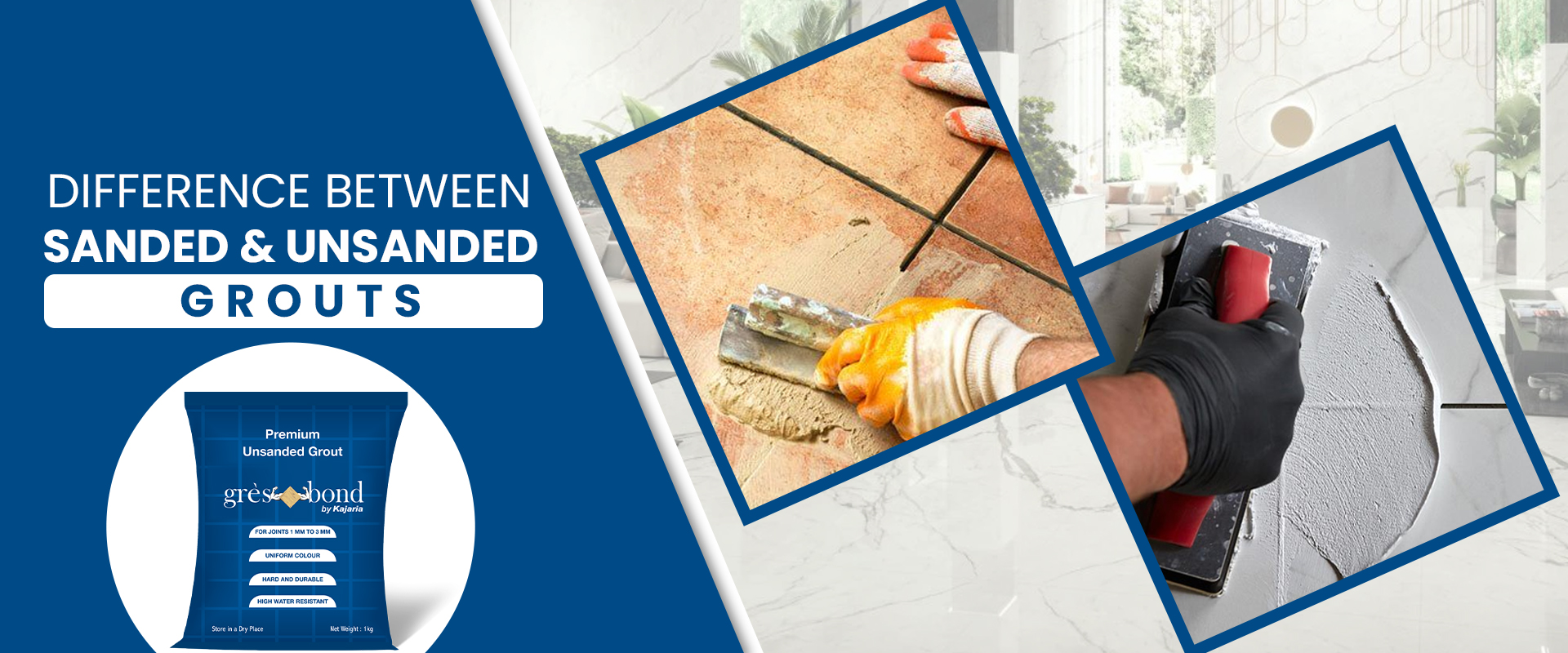
What is the Difference Between Sanded and Unsanded Grouts? What Grouts to be used When and Where?
For any Home tiling project, choosing the suitable grout is Important. Grout is a putty-like substance that fills gaps between tiles and secures them in place. Many professionals need to know the types of Grouts- sanded and unsanded.
Let's compare sanded vs. unsanded grout to ensure you pick the best grout for your project, whether it's a kitchen backsplash or an entryway floor. Even seasoned contractors & Tile installers may benefit from clarifying these differences.
Whether tackling a shower tile installation, patio renovation, or kitchen overhaul, understanding the ideal applications and critical distinctions between sanded and unsanded grout is essential.
What is Sanded Grout
Sanded grout, containing sand particles, enhances stability, reduces shrinkage, and bolsters crack resistance. Its density allows it to effectively fill significant tile gaps, making it a popular choice for tiling projects, especially on floors. While it offers stability for larger tiles, its thickness may pose challenges in smaller areas like shower tiles. Despite its name suggesting sanding, it refers to sand particles mixed into the grout, rendering it cost-effective and suitable for various tile applications.
Pros:- Enhanced stability and durability
- Reduced shrinkage and cracking
- Wide range of color choices
- Cost-effective
- Needs a pH-neutral, water-based sealer
- Potential to scratch delicate tile surfaces
- Longer drying period
What is Unsanded Grout?
Unsanded grout, also known as non-sanded grout, lacks sand in its composition, resulting in a smoother surface. It's ideal for areas with minimal tile joints, reducing the risk of scratching or damaging tiles during installation. While more expensive than sanded grout, it's preferred for specific applications.
Made with Portland cement and powdered pigments, unsanded grout lacks the strength and durability of sanded grout. It's thinner and more accessible to work into tight joints, making it suitable for grout lines under ⅛ inch. Its smoother finish is perfect for backsplashes, shower walls, and vertical tile surfaces.
Unsanded grout is best for marble, limestone, and ceramic tiles with polished or gloss finishes, as it won't scratch the surface like sanded varieties.
Pros:- Smooth texture ideal for delicate tiles
- Suitable for narrow grout lines
- Less likely to scratch tile surfaces
- It may require more frequent sealing
- Limited color options
- Not as durable as sanded grout
Difference between Sanded & Unsanded Grout
| Feature | Sanded Grout | Unsanded Grout |
| Composition | Contains sand particles for added strength | Does not contain sand particles |
| Recommended Use | Best for wider grout joints (typically > 1/8 inch) | Suitable for narrow grout joints (typically < 1/8 inch) |
| Strength | Higher strength due to sand particles | Lower strength compared to sanded grout |
| Shrinkage | Less prone to shrinkage | More prone to shrinkage |
| Texture | Coarser texture | Smoother texture |
| Surface | Can scratch delicate surfaces | Less likely to scratch delicate surfaces |
| Application | Bathroom & Kitchen floors, Shower Pan, Outdoor tiles, Heavy traffic areas | Ideal for walls, delicate tiles, polished surfaces, Bathroom or Kitchen floor |
| Recommended Tiles | Suitable for ceramic, porcelain, stone tiles | Suitable for glass, polished stone, metal tiles |
| Maintenance | More challenging to clean due to texture | Easier to clean due to smoother surface |
| Cost | Lowers Cost | More Expensive |
| Colors | More Color Choices | Less Color Choices |
When and Where to use the Sanded and Unsanded Grouts
1. Sanded grout resists cracks & shrinkages as compared to unsanded grout
Unsanded grout is prone to severe cracking under pressure, making it unsuitable for most flooring applications.
Sanded grout is preferred for interior flooring installations due to its durability, ability to withstand foot traffic, and suitability for larger tile joints. When renovating tile kitchens or bathrooms, high-quality sanded grout is essential.
2. Sanded grouts are best for tiled floors with Wider Joints, whereas Unsanded grouts are best for narrow grout lines
Sanded grouts are considered best for tile floors with wide joints due to their superior strength, density, and durability compared to unsanded grout. This preference is driven by two factors: the wider joints typically found in tile floors, which require sanded grout, and the higher levels of wear and tear experienced by tile floors, making the added strength of sanded grout advantageous.
For projects with 3/8 inch or more significant tile joints, Premium unsanded grout is necessary. This specialized grout contains a higher volume of sizable aggregate material to reduce shrinkage issues, making it ideal for large grout joints.
3. Sanded grout is thicker and more durable compared to unsanded grout
Sanded grout, containing added aggregate sand material, is more durable than unsanded grout due to reduced shrinkage. The higher ratio of aggregate material to cement ensures superior durability, making sanded grout ideal for areas with heavy foot traffic, such as bathrooms.
4. Unsanded grout offers Better adhesion on vertical surfaces
Unsanded grout is ideal for vertical surfaces like showers because of its exceptional adhesion and ease of application. Its sticky consistency allows for effortless spreading and adherence to grout lines, while minimal shrinkage poses little concern for tile durability. Unlike sanded grout, unsanded grout won't crack under pressure and provides a smooth, even spread for precise tile placement, resulting in professional-quality projects
5. Sanded grout can potentially scratch or damage smooth tiles where, as Unsanded Grout won't scratch the surface
When choosing between sanded and unsanded grout, consider the tile material used. With its abrasive aggregate material, sanded grout can damage delicate surfaces like granite, marble, and limestone. In such cases, unsanded grout, particularly epoxy-based varieties, is preferred for its gentler application and stronger hold.
Epoxy-based unsanded grout offers enhanced durability and reduced risk of scratching compared to traditional grout types. Although it comes at a higher cost and requires careful handling due to shorter cure times, it's the optimal choice for preserving the integrity of polished tiles with wider joints.
6. Sanded grout is recommended for joints at most 1/8 of an inch
Using sanded grout for tile joints smaller than 1/8 of an inch poses several challenges. The bulky aggregate material in sanded grout makes it difficult to work with in tight spaces, hindering precision work. Additionally, excess water to facilitate spreading can lead to pinholing, resulting in unsightly holes and potential customer dissatisfaction. Unsanded grout is preferred for small joints to ensure smooth and professional tile installations.
7. Sanded grout is typically more cost-effective than unsanded grout
Sanded grout is more cost-effective than unsanded grout, with nearly half the price. This price difference is primarily due to the cheaper sand filler used in sanded grout, whereas unsanded grout requires more expensive polymers to compensate for the absence of sand.
8. Unsanded grout offers a smooth texture and flexibility and is held together with polymers
Although sanded grout offers greater strength, unsanded grout is sometimes more suitable for specific projects. Its smooth texture makes it ideal for thin grout lines and where sanded grout might damage tile surfaces. However, it's essential to consider the higher cost and reduced durability of unsanded grout.
9. Unsanded grout is preferred for delicate, polished tiles such as limestone and marble
Always opt for unsanded grout when working with soft, smooth, polished tiles like limestone or marble to avoid scratching their surfaces. Unlike sanded grout, unsanded grout lacks abrasive silica aggregate filler, making it safe for delicate materials such as ceramic, glass, metal, marble, or natural stone. For joints wider than ⅛ inch, consider using epoxy-based unsanded grout for enhanced durability, although it may come at a higher cost and be less flexible than cementitious varieties.
10. Grout sealing is advised for all grout types except epoxy-based applications
Both sanded and unsanded grout types should be sealed after installation to create a waterproof barrier. This prevents moisture from seeping into the grout and beneath the tiles. Sealing the grout forms a protective layer that repels liquids, ensuring longevity. Epoxy-based grout is an exception, as it is inherently waterproof and does not require sealing
11. Both sanded and unsanded grout can be effectively cleaned using a degreaser and a stiff brush
Cleaning sanded or unsanded grout follows the same method. You can use a commercial grout cleaner or make your paste by combining baking soda, hydrogen peroxide, and mild dish soap. Apply the paste to the grout, scrub with a stiff brush, and rinse with water.
Frequently Asked QuestionsWhat is the difference between sanded and unsanded grout?
Sanded grout contains sand particles, making it ideal for broader grout lines and more durable applications. On the other hand, unsanded grout lacks sand and is smoother, making it suitable for narrower joints and delicate tile surfaces.
When should I use sanded grout?
Sanded grout is recommended for tile installations with grout lines wider than 1/8 inch and areas with heavy foot traffic, such as floors and countertops.
When is unsanded grout preferred?
Unsanded grout is best for tile projects with grout lines less than 1/8 inch wide, vertical surfaces like walls and delicate tile materials like marble and glass.
Do I need to seal sanded and unsanded grout?
Yes, sanded and unsanded grout should be sealed to protect against moisture penetration, stains, and discoloration. However, epoxy-based grouts do not require sealing.
Can I use sanded grout on delicate tiles?
It's not recommended, as sanded grout can potentially scratch delicate tile surfaces. In such cases, unsanded grout is a safer choice.
What are the color options for sanded and unsanded grout?
Both types of grout come in various color options to match your tile and design preferences. However, the selection may vary depending on the manufacturer and product line.

